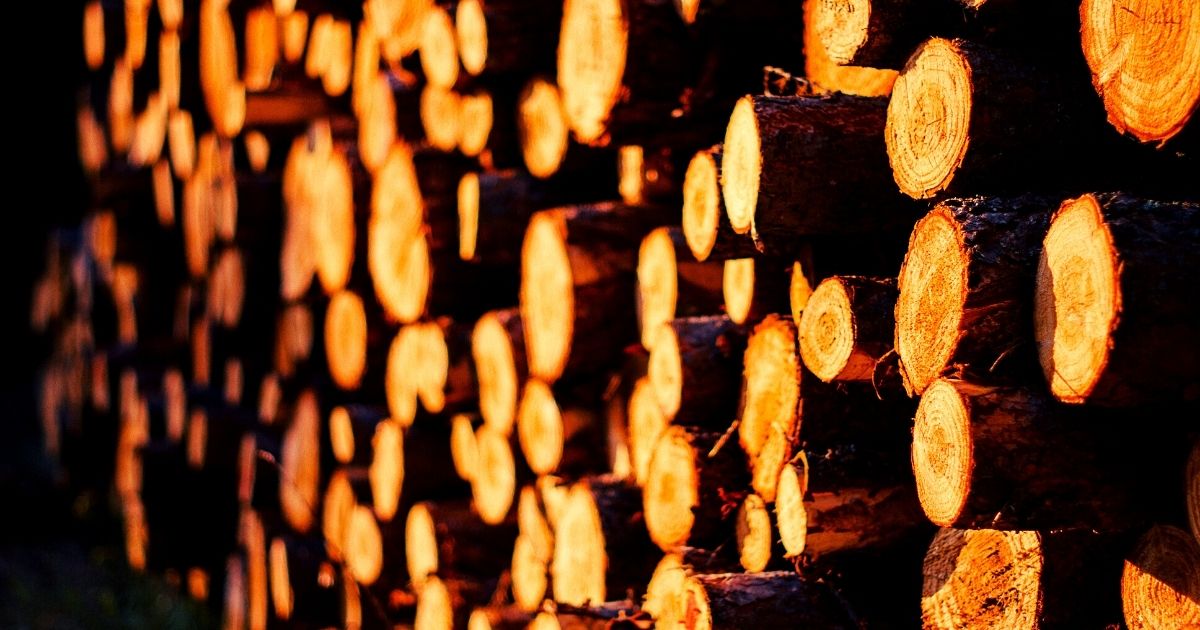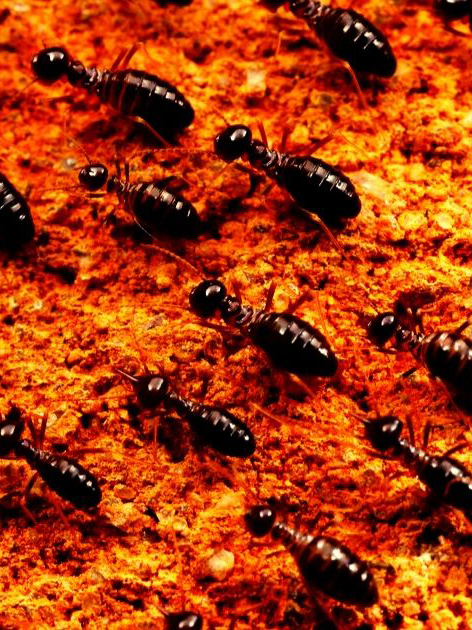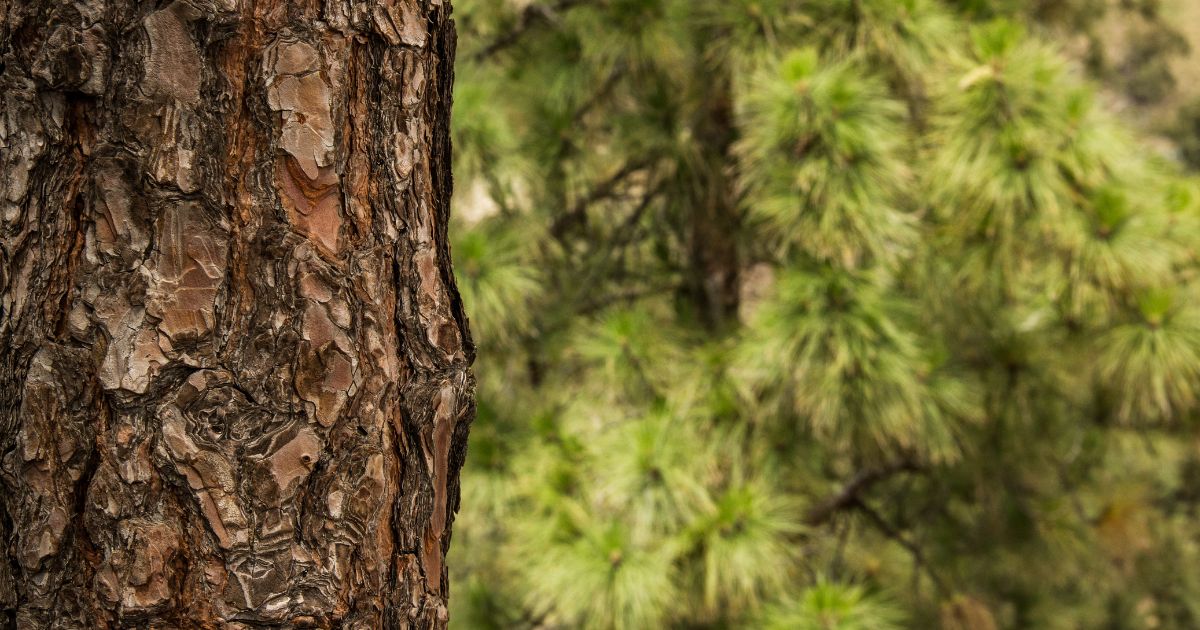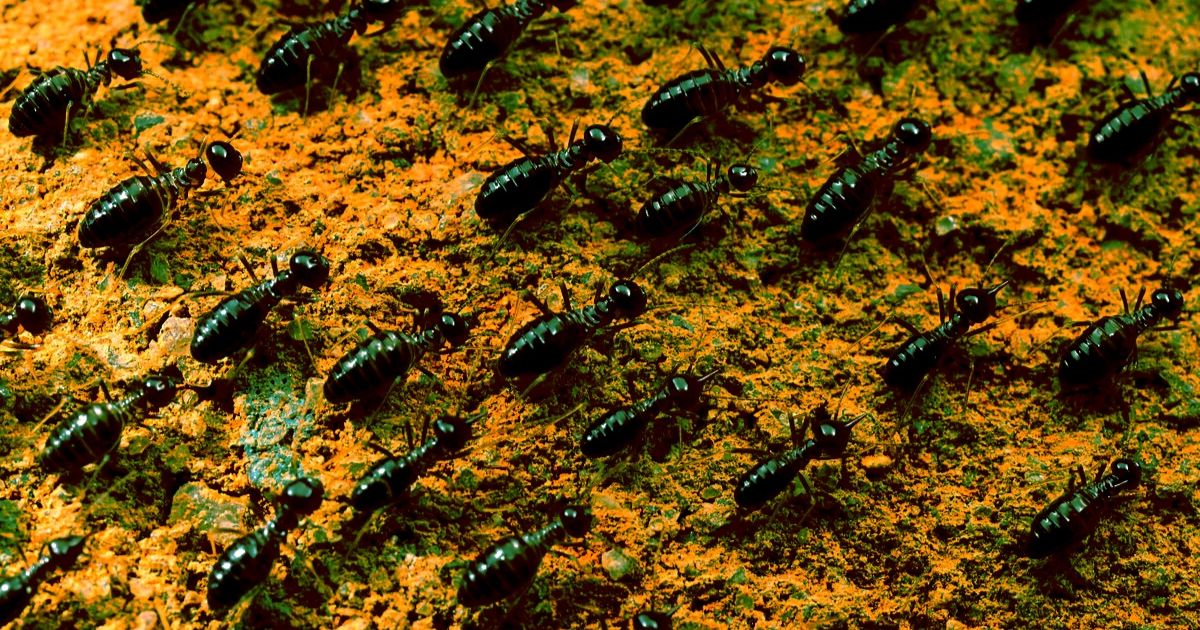7 Tips to Protect Your Home from Subterranean Termite Infestations

Have you found mud tubes forming on your wall or at the side of your cabinet? Have you seen discarded insect wings on the ground around your home? Have you heard hollow sounds when tapping on wood or timber inside your house? If yes, subterranean termites may have already established their nest inside your house! If not, now is the time for you to do some prevention.
Subterranean termites are known to be the highly destructive insect pests in the urban environment.
Each year, about US$40 billion of damages were accounted for worldwide. Their silent activities inside the structures can cause serious destruction well before you notice the infestation.

No one wants their home to serve as termites’ food. Getting rid of them can be expensive and repairing damaged structures can be troublesome. Therefore, it is vital to protect your house before the intrusion of subterranean termite infestations.
Here, we discuss 7 tips to protect your home from subterranean termite infestations.
1. Ventilate and Reduce Moisture Sources
Understanding your enemy will help you better prepare against termite infestations. Hence, understanding the conditions that favour subterranean termite activities is important, for example, their dependency on moisture. Moisture damage wood structures should be replaced as this type of wood is most welcoming for subterranean termite infestations. Moisture damage to wood is one of the roots of moisture problems in every house. Ensure crawl spaces (floor joints and sub-flooring) are properly ventilated to minimize the amount of moisture around the areas.
2. Maintain Your Building Exteriors
Leaky pipes around your home need to be repaired to prevent water from leaking into wooden siding and windows. Furthermore, trimming all shrubs near home exteriors can help to quickly dry damp areas.
3. Use Proper Landscaping Materials
Synthetic mulch can be used when landscaping. Unlike wood mulch, it does not feed termites and any other pest. Besides, pea gravel can be used for keeping your wood mulch from contacting your home’s foundation.
4. Reduce or Monitor Plant Boxes Around Your Home
Planter boxes abutting building walls can give the chance or facilitate the process for foraging termites to enter the building. Make sure there is no close proximity between planter boxes and building walls to avoid future subterranean termite infestations.
5. Use of Wood Polish
Wood polishes not only give a good looking appearance to the wood used but also provide a protective coat to the wood. It can also provide water resistance to the wood which helps reduce the moisture source for subterranean termites. Make sure wood polish is applied thoroughly on the wood surfaces including the edges and sides of the wood used to prevent any entry point found by subterranean termites.
Pro Tip: Whether you've had termite infestation before or want to prevent them, have annual inspections of your home for termites.
6. Get Your Home Inspected by an Expert Each Year
Subterranean termites are the most highly destructive insects that can damage your home. Early detection of subterranean termite infestations can help to avoid financial burdens. Hire a pest control professional who is trained in termite detection. They have adequate equipment and experience to look for the tell-tale signs of termite infestations.
7. Barrier Treatment
This management treatment can be divided into treatment prior to construction (pre-construction soil treatment) and after construction (corrective soil treatment). Pre-construction soil treatment involves creating chemical barriers in the soil around and under the building foundation to prevent the intrusion of soilborne subterranean termites. Corrective soil treatment, in contrast, creates chemical barriers along the perimeter of the building.
The occurrence of subterranean termite infestations can become challenging to house owners to successfully manage on their own.
Proper inspection and identification of the type of termites is a more efficient way to manage them.
Click here for further information. Killem Pest can solve your problem!
Frequently Asked Questions
Subterranean can cause significant damage, specifically to the structure of your home (if they don’t get treated quickly).
There are various termiticide treatments available out there, but it is best to have professional pest management services handle the infestation.
Since subterranean termites are attracted to moisture, reduce humidity in your house, and make sure that there’s no water accumulation near the home’s foundation.






